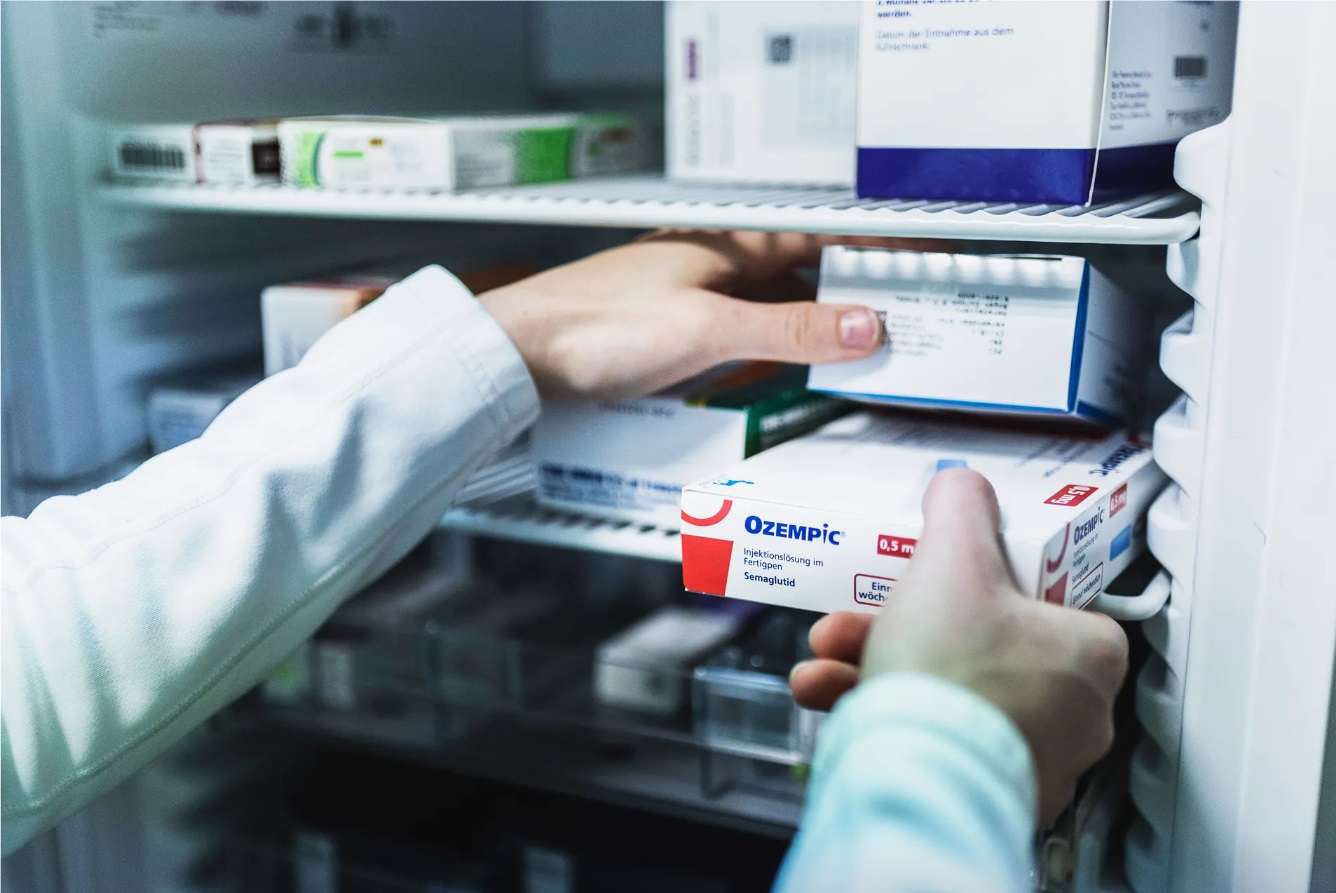What is the IGF-1?
IGF-1, or insulin-like growth factor-1, is a hormone that acts a bit like insulin and helps cells grow and function properly. Think of it as a messenger that tells our body’s cells to grow and develop.
Our liver mostly produces this hormone, especially when it gets a nudge from another hormone called growth hormone (GH). Once made, IGF-1 travels through our bloodstream.
Now, there’s something interesting about how IGF-1 works. It has a special receptor, like a lock, called IGF-1R, which it connects to on cells to do its job. But sometimes, it can’t connect properly because it’s held back by other proteins called IGFBPs (insulin-like growth factor binding proteins). There are six types of these proteins, and they can make IGF-1 less effective by reducing its signals to the cells.

Why it IG1-1 is important for building muscles ?
IGF-1 (insulin-like growth factor-1) plays a crucial role in muscle building and growth because it acts as a key messenger in the body’s process of muscle repair and regeneration. Here’s why it’s important:
- Stimulates Muscle Growth: IGF-1 promotes the growth of new muscle cells, known as muscle protein synthesis. When you exercise or put stress on your muscles, IGF-1 levels increase, signaling the body to repair and build muscle tissue.
- Enhances Muscle Recovery: After a workout, muscles undergo microscopic damage. IGF-1 helps speed up the repair process by activating satellite cells, which are dormant cells in our muscles responsible for muscle regeneration and repair.
- Prevents Muscle Breakdown: Apart from promoting muscle growth, IGF-1 also helps prevent muscle breakdown. It can inhibit the activity of proteins and molecules that break down muscle tissue, ensuring that the muscles remain intact and can grow stronger.
- Improves Muscle Strength: By facilitating muscle growth and repair, IGF-1 contributes to increasing muscle strength and endurance over time.
Should I boost my body with a product like Genotropin ?
Deciding whether to use a product like Genotropin, which contains synthetic growth hormone (GH), is a significant decision that should be made carefully and under medical supervision. Here are some considerations to keep in mind:
Pros:
1. Muscle Growth and Repair: GH can stimulate the production of IGF-1, which, as mentioned earlier, plays a vital role in muscle growth, repair, and recovery.
2. Bone Density: GH like Genotropin can help increase bone density and reduce the risk of fractures, which can be beneficial, especially for older adults.
3. Metabolism Boost: GH can help increase metabolism, leading to potential fat loss and improved energy levels.
Cons:
1. Side Effects: Using synthetic GH like Genotropin can come with various side effects, including joint pain, fluid retention, and increased risk of certain conditions like diabetes and heart disease.
2. Regulation and Monitoring: GH is a controlled substance that requires a prescription and close monitoring by a healthcare professional to ensure proper dosage and minimize risks. We can help you and book you a free consultation
3. Cost: GH therapy can be expensive, and insurance may not cover the cost, making it inaccessible for some people, this is the reason why we are offering discounted price on Genotropin.
Don’t hesitate to use the discount coupon at the end of the article
Things to Consider:
1. Consultation with a Healthcare Professional: Before starting any IG1-1 or GH therapy, consult with a healthcare provider to discuss your medical history, goals, and potential risks and benefits.
2. Alternative Approaches: There may be alternative strategies to boost muscle growth and repair, such as optimizing nutrition, engaging in resistance training, and ensuring adequate sleep and recovery.
3. Long-Term Commitment: GH therapy is typically a long-term commitment, requiring regular monitoring and potentially lifelong treatment.
In conclusion, while products like Genotropin can offer benefits in terms of muscle growth, bone density, and metabolism, they also come with risks and considerations. It’s essential to weigh these factors carefully and consult with a healthcare professional to make an informed decision tailored to your individual needs and circumstances.
What about the cost of the IG – 1 ?
Many people aspire to reach new heights—literally. This aspiration often leads them to consider growth hormone therapy, with Genotropin standing out as a popular choice.
The Financial Reality: A Challenge for the Uninsured
Unfortunately, not everyone has the safety net of health insurance. Research shows that uninsured individuals face significant financial hurdles when it comes to accessing treatments like Genotropin. The costs can quickly add up, making it difficult to afford the necessary medications, medical consultations, and follow-ups.
The High Cost of Medication: An Obstacle to Treatment
The price of medications like Genotropin can be overwhelming, especially for those without insurance. This financial strain not only impacts physical health but also takes a toll on emotional and mental well-being.
A Ray of Hope: Affordable Alternatives at Prescrimeds
Despite these challenges, there is hope on the horizon. A growing number of uninsured individuals are exploring online options to find more affordable medications. This is where Prescrimeds comes in, offering Genotropin at a fraction of the regular price, coupled with a special discount coupon for a limited time.
Conclusion: Taking Steps Towards Better Health
The journey towards better health and increased stature shouldn’t be hindered by financial constraints. At Prescrimeds, we’re committed to providing cost-effective alternatives without compromising on quality. By taking advantage of our discounted offerings, you can prioritize your own health or that of your loved ones






